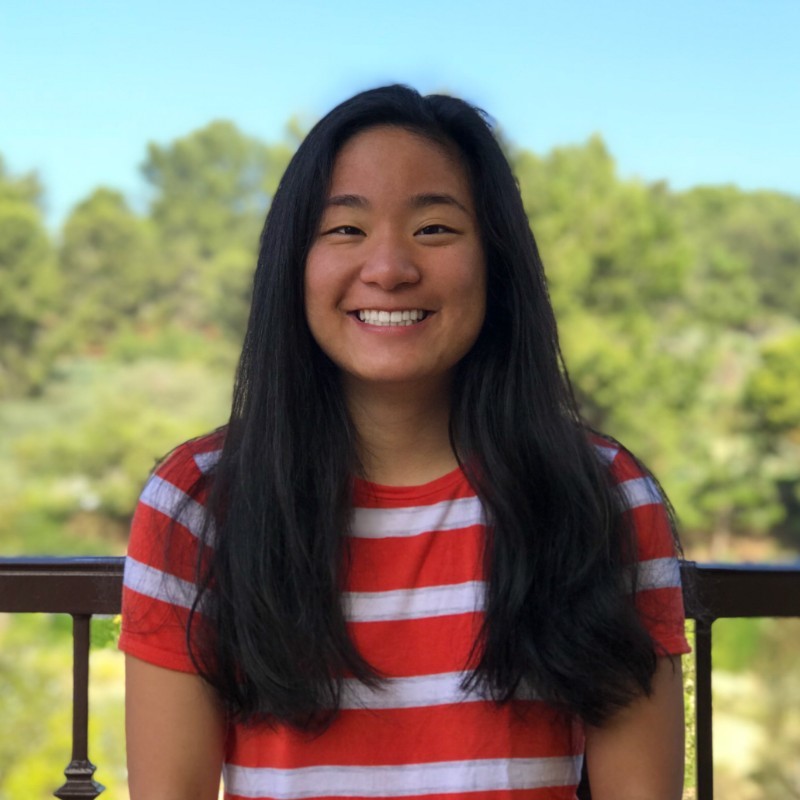What are the trials and tribulations one can expect? And conversely, what are the highlights? To answer these questions, Duke Research & Innovation Week kicked off with a panel discussion on Monday, January 23.
The panel
Moderated by George A. Truskey, Ph.D, the Associate Vice President for Research & Innovation and a professor in the Department of Biomedical Engineering, the panelists included…
- Claudia K. Gunsch, Ph.D., a professor in the Departments of Civil & Environmental Engineering, Biomedical Engineering, and Environmental Science & Policy. Dr. Gunsch is the director of the NSF Engineering Research Center for Microbiome Engineering (PreMiEr) and is also the Associate Dean for Duke Engineering Research & Infrastructure.

- Yiran Chen, Ph.D., a professor in the Department of Electrical & Computer Engineering. Dr. Chen is the director of the NSF AI Institute for Edge Computing (Athena).

- Stephen Craig, Ph.D., a professor in the Department of Chemistry. Dr. Craig is the director of the Center for the Chemistry of Molecularly Optimized Networks (MONET).

The centers
As the panelists joked, a catchy acronym for a research center is almost an unspoken requirement. Case in point: PreMiEr, Athena, and MONET were the centers discussed on Monday. As evidenced by the diversity of research explored by the three centers, large externally-funded centers run the gamut of academic fields.
PreMiEr, which is led by Gunsch, is looking to answer the question of microbiome acquisition. Globally, inflammatory diseases are connected to the microbiome, and studies suggest that our built environment is the problem, given that Americans spend on average less than 8% of time outdoors. It’s atypical for an Engineering Research Center (ERC) to be concentrated in one state but uniquely, PreMieR is. The center is a joint venture between Duke University, North Carolina A&T State University, North Carolina State University, the University of North Carolina – Chapel Hill and the University of North Carolina – Charlotte.

Dr. Chen’s Athena is the first funded AI institute for edge computing. Edge computing is all about improving a computer’s ability to process data faster and at greater volumes by processing data closer to where it’s being generated. AI is a relatively new branch of research, but it is growing in prevalence and in funding. In 2020, 7 institutes looking at AI were funded by the National Science Foundation (NSF), with total funding equaling 140 million. By 2021, 11 institutes were funded at 220 million – including Athena. All of these institutes span over 48 U.S states.

MONET is innovating in polymer chemistry with Stephen Craig leading. Conceptualizing polymers as operating in a network, the center aims to connect the behaviors of a single chemical molecule in that network to the behavior of the network as a whole. The goal of the center is to transform polymer and materials chemistry by “developing the knowledge and methods to enable molecular-level, chemical control of polymer network properties for the betterment of humankind.” The center has nine partner institutions in the U.S and one internationally.

Key takeaways
Research that matters
Dr. Gunsch talked at length about how PreMiEr aspires to pursue convergent research. She describes this as identifying a large, societal challenge, then determining what individual fields can “converge” to solve the problem.
Because these centers aspire to solve large, societal problems, market research and industry involvement is common and often required in the form of an industry advisory group. At PreMiEr, the advisory group performs market analyses to assess the relevance and importance of their research. Dr. Chen also remarked that there is an advisory group at Athena, and in addition to academic institutions the center also boasts collaborators in the form of companies like Microsoft, Motorola, and AT&T.

Commonalities in structure
Most research centers, like PreMiEr, Athena, and MONET, organize their work around pillars or “thrusts.” This can help to make research goals understandable to a lay audience but also clarifies the purpose of these centers to the NSF, other funding bodies, host and collaborating institutions, and the researchers themselves.
How exactly these goals are organized and presented is up to the center in question. For example, MONET conceptualizes its vision into three fronts – “fundamental chemical advances,” “conceptual advances,” and “technological advances.”
At Athena, the research is organized into four “thrusts” – “AI for Edge Computing,” “AI-Powered Computer Systems,” “AI-Powered Networking Systems,” and “AI-Enabled Services and Applications.”
Meanwhile, at PreMiEr, the three “thrusts” have a more procedural slant. The first “thrust” is “Measure,” involving the development of tracking tools and the exploration of microbial “dark matter.” Then there’s “Modify,” or the modification of target delivery methods based on measurements. Finally, “Modeling” involves predictive microbiome monitoring to generate models that can help analyze built environment microbiomes.
A center is about the people
“Collaborators who change what you can do are a gift. Collaborators who change how you think are a blessing.”
Dr. stephen craig
All three panelists emphasized that their centers would be nowhere without the people that make the work possible. But of course, humans complicate every equation, and when working with a team, it is important to anticipate and address tensions that may arise.
Dr. Craig spoke to the fact that successful people are also busy people, so what may be one person’s highest priority may not necessarily be another person’s priority. This makes it important to assemble a team of researchers that are united in a common vision. But, if you choose wisely, it’s worth it. As Dr. Craig quipped on one of his slides, “Collaborators who change what you can do are a gift. Collaborators who change how you think are a blessing.”
In academia, there is a loud push for diversity, and research centers are no exception. Dr. Chen spoke about Athena’s goals to continue to increase their proportions of female and underrepresented minority (URM) researchers. At PreMiEr, comprised of 42 scholars, the ratio of non-URM to URM researchers is 83-17, and the ratio of male to female researchers is approximately 50-50.
In conclusion, cutting-edge research is often equal parts thrilling and mundane, as the realities of applying for funding, organizing manpower, pushing through failures, and working out tensions with others sets in. But the opportunity to receive funding in order to start and run an externally-funded center is the chance to put together some of the brightest minds to solve some of the most pressing problems the world faces. And this imperative is summarized well by the words of Dr. Craig: “Remember: if you get it, you have to do it!”

Post by Megna Datta, Class of 2023







